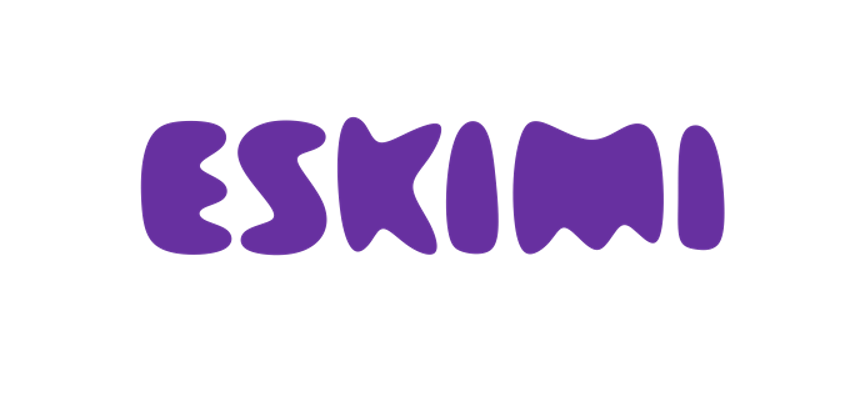By Joseph Ekeng
With the global economies still affected by the supply chain crisis and geo-political tension, leading consumer goods manufacturer Unilever, demonstrated strong resilience to end 2022 on a high.
The FMCG giant posted a net profit increase, led by strong performances in the beauty, and wellbeing division and impressive results coming from North America. According to the firm, net sales in 2022 reached 60.07 billion Euros, up 14.5% from the previous year. Net profit galloped by 24.9% in 2021 at 8.26 billion Euros.
The result is the first since Unilever announced a major restructuring to five business groups. Each of the business group is responsible for its strategy, growth and profit.
According to the CEO, the new changes are already impacting the company positively. “Our new operating model is already unlocking a culture of bolder and more rapid decision-making with improved accountability,” said Unilever CEO Alan Jope.
“There is more to do, but the changes we have made mean that we start 2023 with momentum, setting us up well for delivering another year of higher growth, which remains our first priority.”
What is driving Unilever’s growth?
As part of efforts by Unilever to reshape its portfolio for accelerated growth and sustainability, the firm sold its global tea business and acquired a controlling stake in Nutrafol, a leading provider of hair wellness products. Those two decisions, according to the CEO, played strategic roles at improving the company’s growth profile.
Yet, the lion share of Unilever’s growth came from the success of its leading brands and categories.
Beauty and Wellness
The success of the beauty and Wellness category played a major role in Unilever’s success in 2022. According to the 2022 financial report, this category recorded an underlying sales growth of 7.8 compared to the previous year and turnover rose to 12.3 billion Euros, accounting for 20% of overall turnover.
And within the beauty and Wellness category, the hair care product line was outstanding, posting a mid-single digits growth.
The products that drove growth in the hair care category include Sunsilk and Nexxus.
In the skincare category, Lifebuoy and Vaseline premium Gluta-Hya were top performers.
And in the health & wellbeing category, Liquid I.V. and OLLY recorded strong double-digit growth. And the acquisition of Nutrafol brought traction to the category.
Personal Care
The strong performance of the personal care category was underscored by its 7.9% growth in sales and an impressive turnover of 13.6 billion Euros in turnover, accounting for 23% of overall turnover.
Under this category, the deodorants drove growth. According to the CEO, the 72-hour protection technology Rexonna made the difference.
Unilever’s skincare cleansing category also contributed to growth, with Dove deep moisture body wash with microbiome leading the pack.
In the Oral care category, the relaunch of Unilever’s premium toothpaste brand, Pepsodent, with increased natural and efficacy credentials made an impact.
Home Care
The category made a significant contribution to the company’s success as sales jumped by 11.8%. The turnover also stood at 12.4 billion Euros, making up 21% of overall turnover. In this category, Omo detergent played a crucial role in delivering growth, buoyed by its global “dirt is good ” campaign.
Nutrition
The nutrition category was another top performer as sales surged by 8.6% and accounted for 23% of overall turnover. The outstanding brand in this category is Hellmann’s Light Mayonnaise.
Unilever’s Ice Cream category was another success story, contributing 13% to the firm’s overall performance. According to the company, the Ice Cream category grew strongly, mainly as a result of out-of-home sales which continues to recover after the pandemic.
Businesses Identify Data Analysis as the Top Skill Gap in Marketing Department
Amidst rapidly changing consumer behaviour patterns and enduring macroeconomic challenges, the role of data is increasingly becoming important as marketers seek a closer relationship with consumers.
However, a recent report by Marketing Week’s 2023 Career and Salary Survey shows that data and analytics are the top skill gap in the marketing department.
According to the report, while this does not come as much surprise, it does show the increasingly important role of data and analytics in allowing brands to get closer to their target audience.
Out of the over 3000 marketing executives that were surveyed more than one-third (34.4%) said data and analytics was an area they wanted to improve upon.
When the survey focused on B2B marketers alone, the figure dropped to 29.6%, while for B2C marketers, it’s 34.6%. For businesses with a mix of both (B2B and B2C), it jumps to 39.6%.
Content and copywriting skills are also in high demand. The report noted that these skills are lacking, with 21.4% of respondents saying their business has identified it as a skills gap.
This is followed closely by social media skills, as many businesses are looking to leverage their social media assets for brand growth.
About 20% of marketers identify social media capabilities as a major skill gap. This is followed by performance marketing (18.7%) and e-commerce skills (15.9%).
But for marketers in the B2B category, about 21% said content and copywriting skills were the leading skill gap, social media came next with 18.4%, while performance marketing followed and then e-commerce.
So what are businesses doing to solve this problem?
The Marketing Week report noted that 43.7% of marketers say they are deploying external talent to plug these deficiencies. Meanwhile, more than a third (34.1%) are investing to upskill their existing staff, and 31.7% are employing consultants and freelancers. Just 11.8% are conducting a skills audit.






Comment
No comments found.